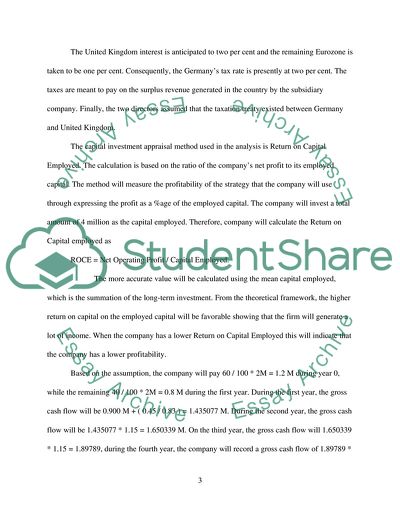Cite this document
(International business Coursework Example | Topics and Well Written Essays - 3000 words, n.d.)
International business Coursework Example | Topics and Well Written Essays - 3000 words. https://studentshare.org/finance-accounting/1819611-international-business
International business Coursework Example | Topics and Well Written Essays - 3000 words. https://studentshare.org/finance-accounting/1819611-international-business
(International Business Coursework Example | Topics and Well Written Essays - 3000 Words)
International Business Coursework Example | Topics and Well Written Essays - 3000 Words. https://studentshare.org/finance-accounting/1819611-international-business.
International Business Coursework Example | Topics and Well Written Essays - 3000 Words. https://studentshare.org/finance-accounting/1819611-international-business.
“International Business Coursework Example | Topics and Well Written Essays - 3000 Words”. https://studentshare.org/finance-accounting/1819611-international-business.


